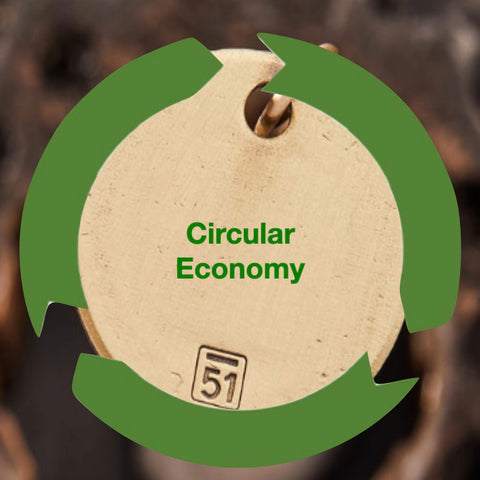
What Is The Circular Economy?
The circular economy is an economic model that aims to minimise waste and maximise resource efficiency. It is based on the principles of designing out waste and pollution, keeping products and materials in use for as long as possible, and regenerating natural systems.
In a traditional linear economy, resources are extracted, processed into products, used, and then discarded as waste. In contrast, the circular economy seeks to close the loop by promoting the reuse, repair, remanufacturing, and recycling of products and materials. It aims to create a system where resources are kept in circulation for as long as possible, reducing the need for new resource extraction and minimising environmental impacts.
The circular economy encourages businesses and consumers to rethink the way products are designed, produced, and consumed. It promotes strategies such as product durability, modular design, sharing and rental models, and the use of renewable materials. By adopting these strategies, the circular economy aims to reduce waste generation, conserve resources, and create economic, social, and environmental benefits.
The circular economy is seen as a sustainable alternative to the linear "take-make-dispose" model, as it aims to decouple economic growth from resource consumption and environmental degradation. It offers opportunities for businesses to innovate, create new revenue streams, and reduce costs through more efficient use of resources. Additionally, it can contribute to job creation, improved resource security, and a more resilient and sustainable economy.
We at Studio 51 proud ourselves to only work with recycled metals like reused brass and stainless steel and materials and trying to keep packaging and waste to a minimum.

Comments (0)
There are no comments for this article. Be the first one to leave a message!